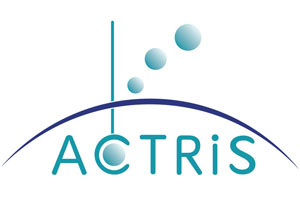PollyXT Raman lidar
| PI | Vassilis Amiridis |
| Operators: | Eleni Marinou, Panos Kokkalis, Michael Kottas |
| Participant | National Observatory of Athens |

The new PollyXT-NOA lidar measures aerosol loads in the boundary layer. The system is part of the Polly family (http://polly.tropos.de/) and employs 3 backscatter channels (355, 532, 1064 nm), 2 Raman extinction channels (387, 607 nm), 2 depolarization channels (355, 532 nm), one water–vapor sensitive channels (407 nm) and one near-range channel with the ability to detect particles in low altitudes. The near range receiver at 532 and 607nm channels provides Raman profiles with full overlap in 120m above ground.
The lidar is housed in an outdoor cabinet and can be operated under various climatic conditions. The full description of the original lidar systems can be found in [Engelmann, et al. 2015].
The system is employed in the Athens JRA1 ACTRIS campaign to perform closure studies with collocated in-situ airborne and surface measurements targeting aerosol absorption.
Instrument activity
Recent logs
- NARLA uninstalled (Feb 24th, 2016)
- NDF adjustment (Feb 20th, 2016)
- Beam adjustment (down) (Feb 18th, 2016)
- NDF adjustment (Feb 17th, 2016)
- SHG-THG adjustment (Feb 16th, 2016)

